Beth Connors
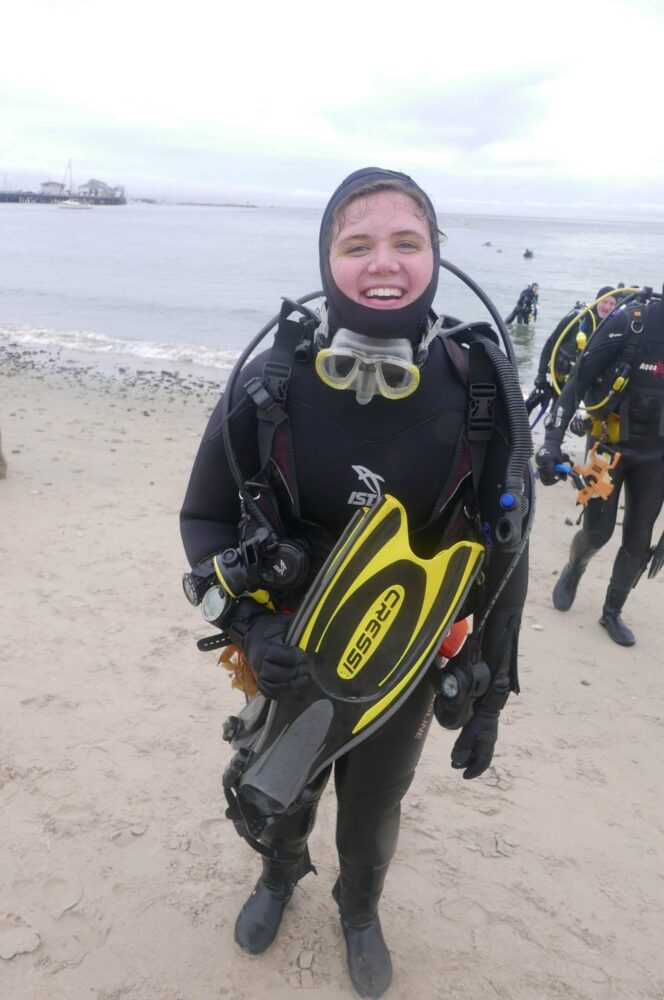
One of the most interesting components of the global carbon cycle is the movement of carbon from the atmosphere to the deep ocean, where it is deposited as particulates, a process called the Biological Carbon Pump (BCP). The BCP combines physical oceanography and biology, as the majority of the carbon dioxide that is pulled from the atmosphere into our oceans for biological processes in the photic zone, and then moves from the surface to the deep ocean as zooplankton excrement. Using robotic devices to monitor this chemical and biological cycle, […]
Joseph Oh
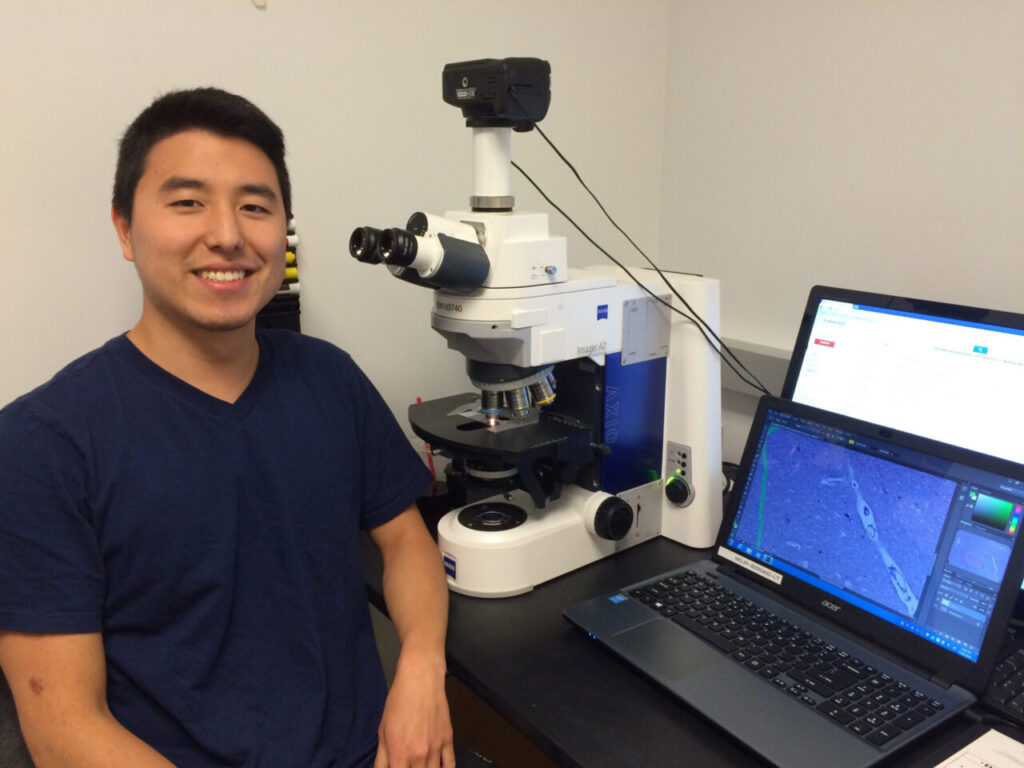
The purpose of my research is to investigate the neurobiological basis of sleep disturbances in humans using neurodegenerative conditions associated with signature patterns of sleep changes as a model. Alzheimers Disease (AD), Corticobasal Degeneration (CBD) and Progressive Supranuclear Palsy (PSP) are the most frequent tauopathies, neurodegenerative conditions associated with accumulation of misfolded tau protein in selective brain areas. Despite coursing with neuronal loss and accumulation of misfolded tau inclusions, these conditions involve different brain areas and cause distinctive clinicopathological features. In all these diseases, patient experience disturbances in sleep/wake pattern […]
Quinn Spencer
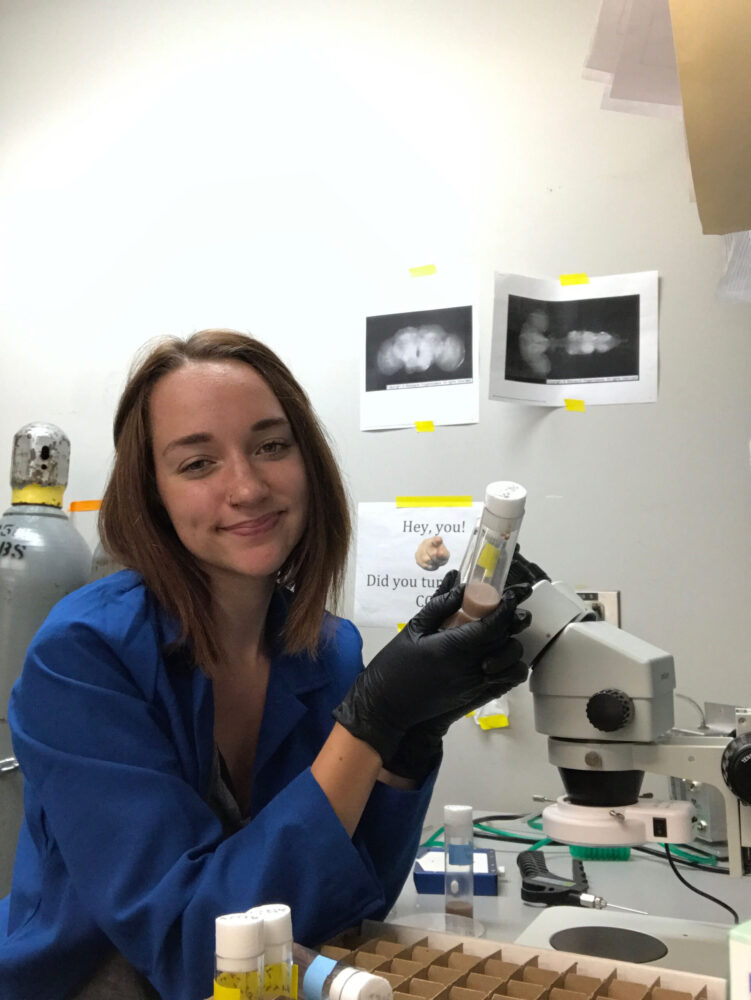
Entomopthera muscae is a fungus that infects flies that can induce behavioral changes and subsequently cause morbidity Drosophila melanogaster. However, the mechanism behind this drastic modification is still largely unknown. My research aims to find a way to modify and flourescently tag a gene in the fungus using CRISPR/Cas9, which may allow us to better understand mechanisms of infection and subsequent behavioral modifications in the host organisms. By doing so, we will be able to track how the fungus can travel through and modify the function of the nervous system […]
Brian Woo
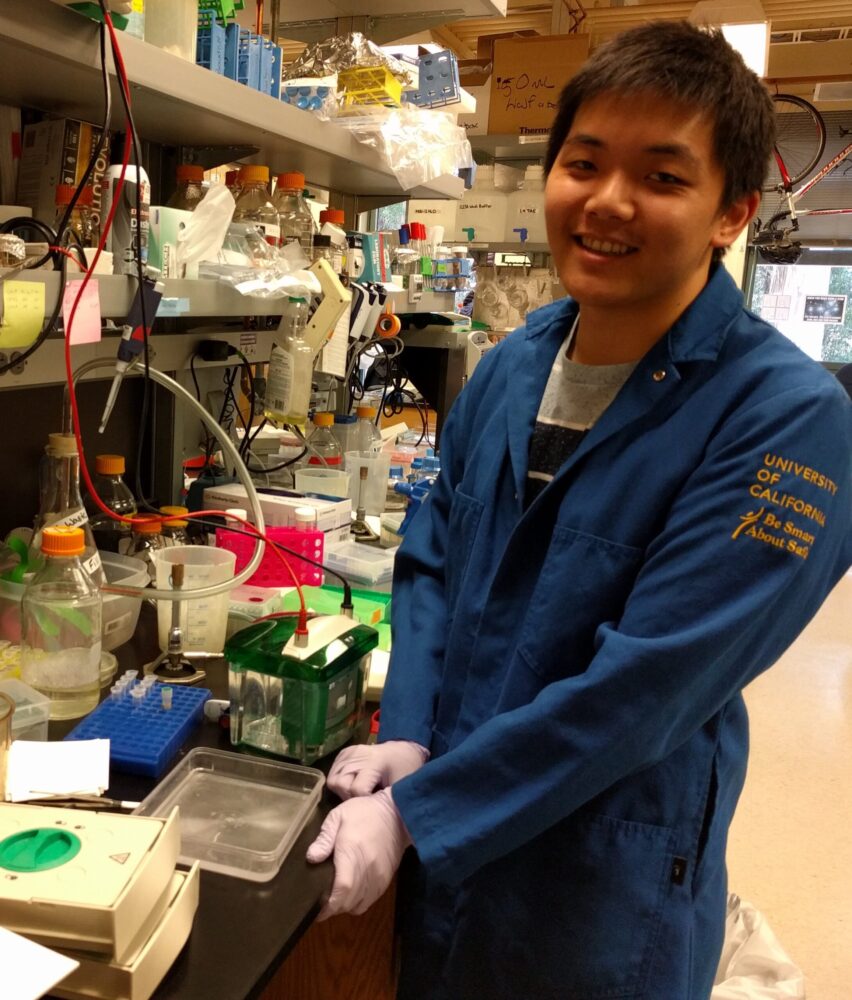
The Toll-like receptor (TLR) family is a key component of the host innate immune response to foreign microbes. In the cell, TLRs localized to endolysosomes (termed intracellular TLRs) recognize microbial nucleic acids, and recognition of these microbial products then invokes an immune response to a myriad of bacterial and viral pathogens. One regulator of intracellular TLR activity that my project aims to characterize is Unc93B1, a chaperone protein that is currently understood to traffic intracellular TLRs to their correct endolysosomal compartments. This summer, my goal is to elucidate the role […]
Julia Lipson
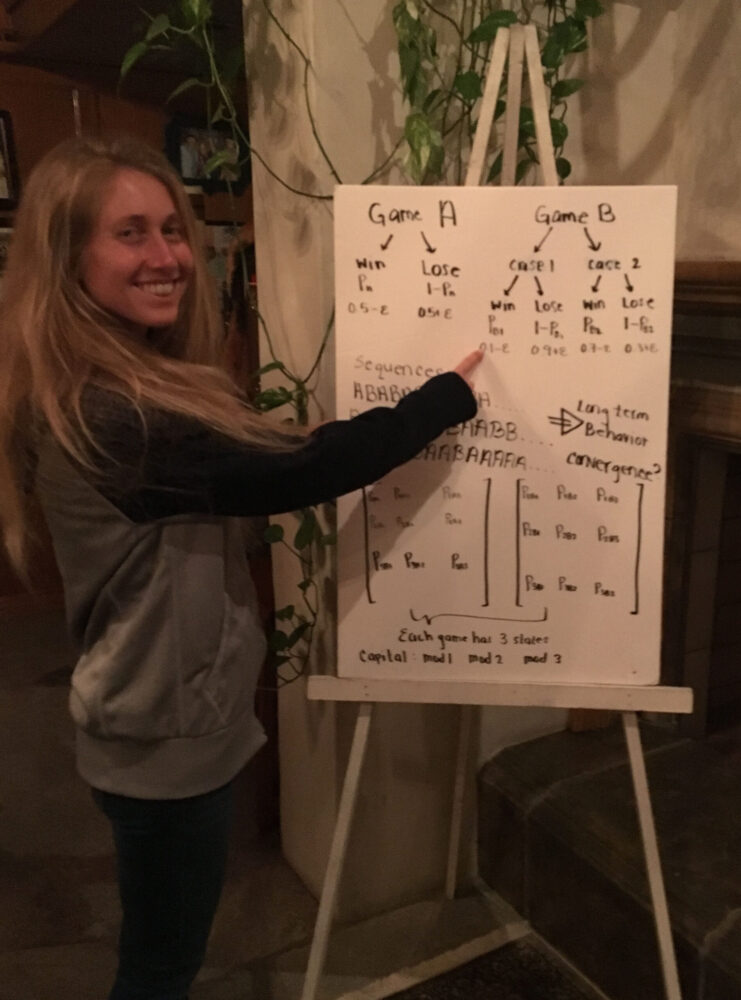
Imagine a person plays two games, Game A and Game B, each with a higher probability of losing than winning, in some sequence. A possible sequence might be Game A, followed by Game B, followed by Game A, etc. Surely, playing any sequence of these two games will result in an overall loss. Against intuition, this turns out not to be the case. In fact, by playing these games in certain sequences, over time a player will experience an overall increase in capital. This phenomenon is called Parrondos Paradox, a […]
Griffin Rodgers
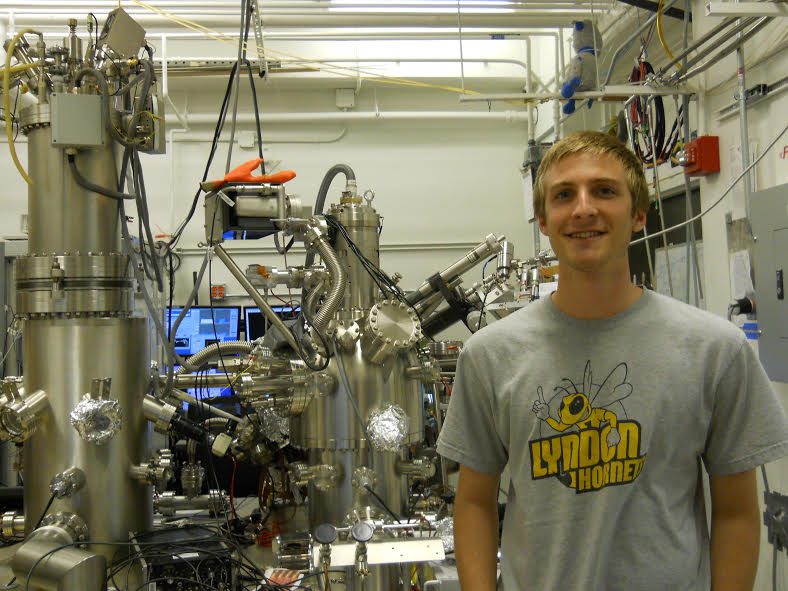
P-N junctions are the basis of most modern electronicsthe foundation for the diodes and transistors that make up our computers. Current research in low dimensional transition metal dichalcogenide (TMD) heterostructures aims to make these junctions smaller. TMD p-n junctions are made of atomically thin, stacked TMD layers and have been hailed for their novel properties, diverse applications, and potential to revolutionize electronics. My research project will provide improved understanding of the performance, functionality, and limits of atomically thin, stacked TMD p-n junctions. I will use Kelvin probe force microscopy (KPFM)a […]
Bridget Hua Bui
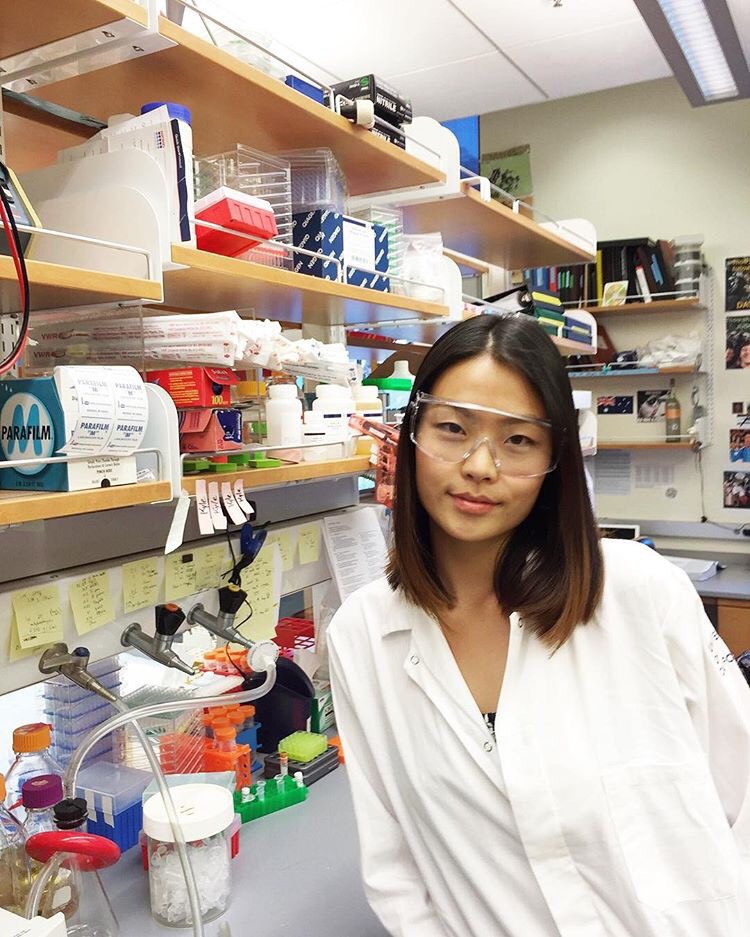
Since the discovery of the CRISPR-Cas adaptive immune system in prokaryotes, Cas9 proteins have been used as a genome editing tool in a wide variety of organisms and promise to provide new solutions to long-standing, unsolved problems in human disease. However, despite the great potential CRISPR technology holds, concerns remain about the risk of unwanted edits in the human genome that could lead to genetic disease. Therefore, my project aims to find anti-CRISPR proteins that serve as off-switches for Cas9 activity to ensure gene editing safety and prevent malicious use […]
Katherine Latimer
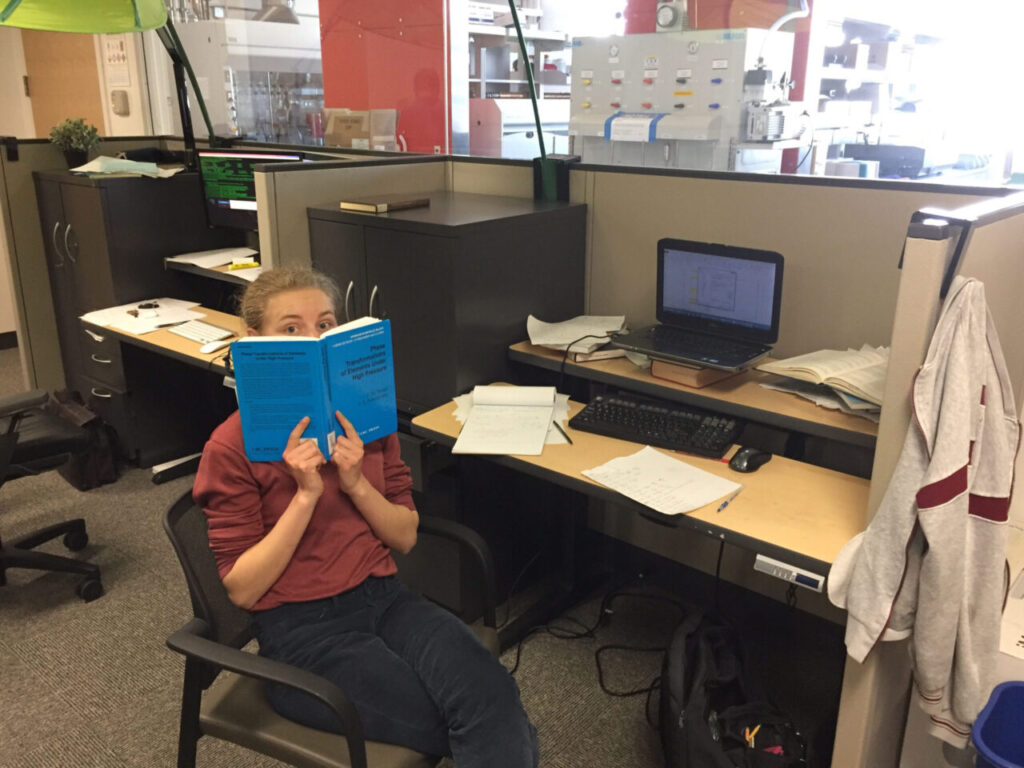
Hi! My name is Katie and I’m majoring in Physics and Chemistry here at Cal. I am really excited about my research this summer because it combines those two subjects, which I love, as well as some math and computer science, which are also fun. My work falls under the scope of the Materials Project, a collaboration at Lawrence Berkeley National Laboratory that runs quantum mechanical simulations of many different materials on remote supercomputers and publishes the resulting data online and free to the public. By calculating just a few […]
Shannon Wu
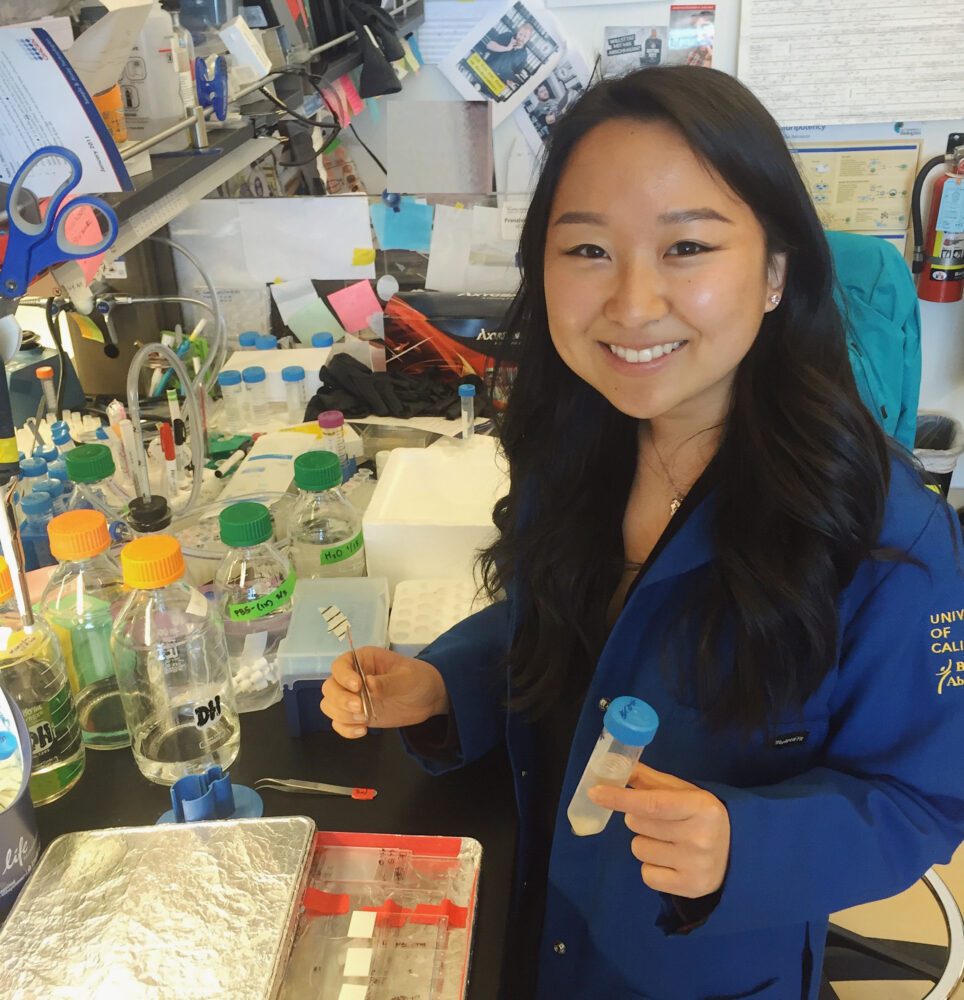
Telomere maintenance and protection is performed by the six-protein complex called shelterin. Shelterin defects may lead to telomeropathies like Dyskeratosis Congenita (DC), a rare but severe disease with poor clinical outcomes. Recently, whole exome sequencing studies of DC patients have identified mutations in the gene locus of the shelterin component, TIN2. By establishing a disease model for DC using CRISPR/Cas9-gene edited isogenic human embryonic stem cell (hESC) lines, I aim to investigate how TIN2-DC mutations give rise to disrupted telomere maintenance and DC phenotypes. Specifically, I will elucidate the genetic […]
Colleen Murphy
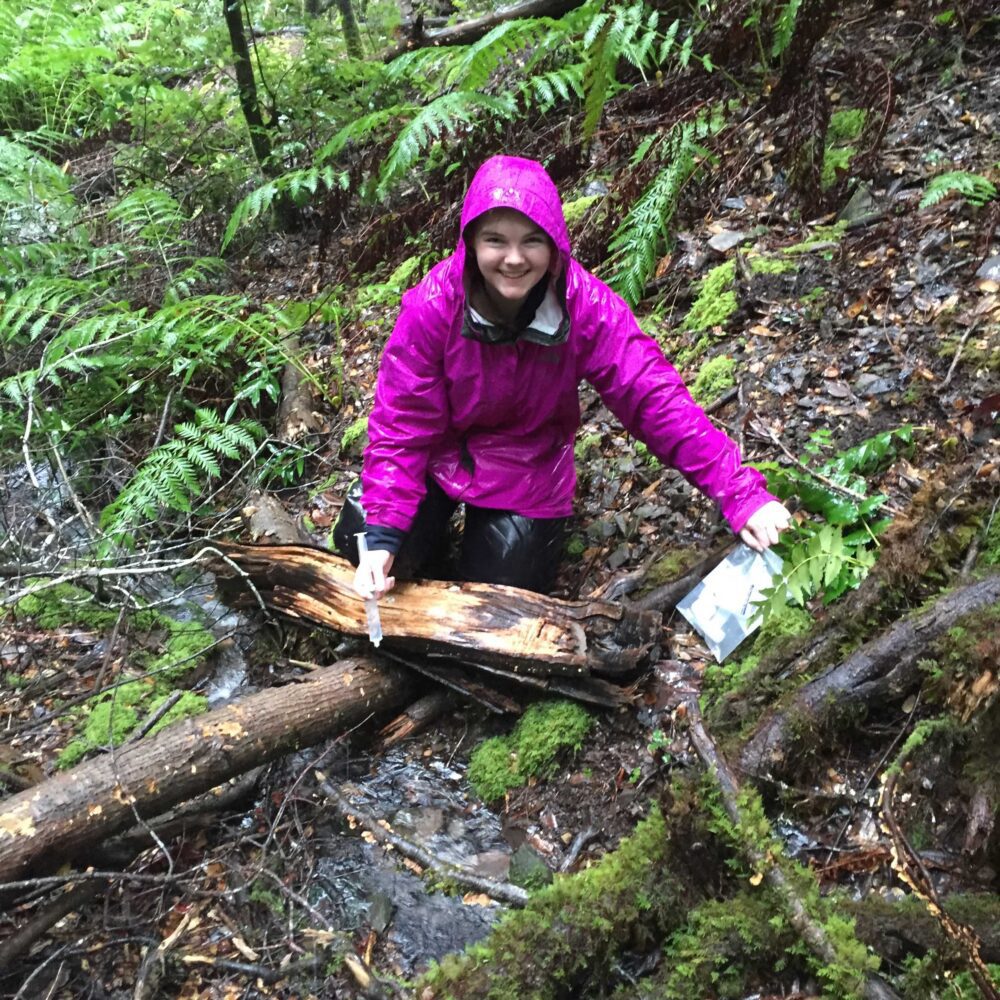
The ability to understand and predict how landscapes will evolve enables us to mitigate the effects of natural disasters and to act as stewards of the land by taking appropriate conservation and restoration measures when necessary. Currently, the geomorphic transport laws that we use to express this evolution do not quantitatively consider variations in rock types and the vegetative communities that they host. This project aims to further our understanding of the role that lithologic heterogeneity plays in landscape evolution by mapping and characterizing lithologic variability at two sites in […]